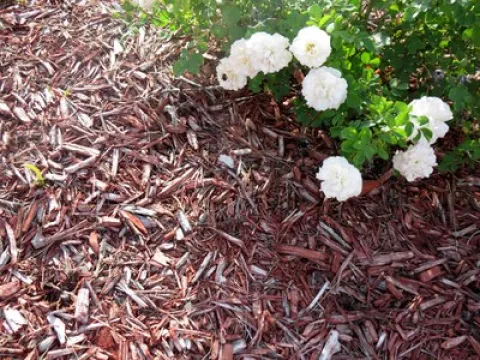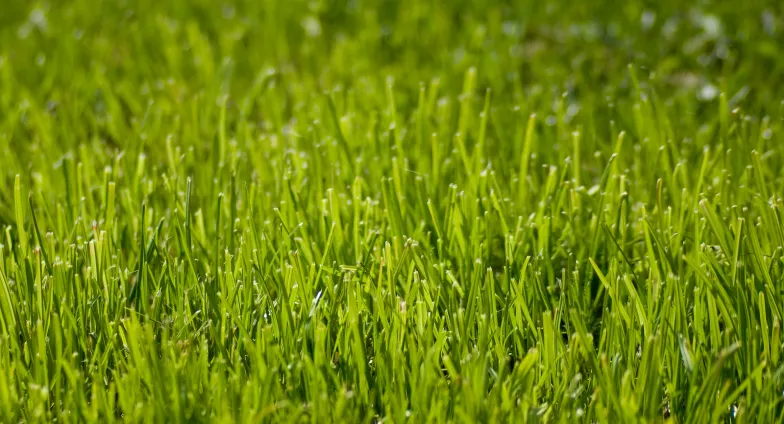Garden, Lawn, and Landscape Management During Droughts
North Dakota is in a drought. Much of our state has been dry since last summer. This is not our first drought, and it won’t be our last. Here are some tips to cope with dry times.
Mulch Everything
Exposed soil can lose twice as much moisture as mulched soil. Use wood mulches around trees, shrubs and flowers. Rock mulches are less effective. Use straw/ hay or plastic mulch in veggie gardens.

Prioritize Your Watering
Your young trees and shrubs suffered damage to their root systems when they were transplanted. These "shocked" plants are most vulnerable to drought stress. These plants are probably the most valuable plants in your landscape, too. Give them the first drink.
Garden plants get the next drink. Lawns can go dormant. Except for in severe and persistent droughts, watering lawns is optional. Do not fertilize a drought-stricken lawn unless you plan on irrigating. Mature trees rarely need irrigation.
Use Xeric Plants
Learn about xeriscaping (landscaping to conserve water). Once established, xeric plants can grow with minimal watering. Examples include daylily, coneflower, blanket flower, sedum, salvia, liatris, Russian sage, catmint and yarrow.
Avoid Overhead Sprinkling
Much of the water will evaporate before the plants roots absorb it. The splashing of water on the plants and nearby soil can lead to diseases. Aim your water at the base of the plants near the roots. Hand watering, soaker hoses and drip irrigation work best.
Irrigate in the Morning
Plants in the morning will actively absorb the water before it evaporates in the midday heat. Diseases thrive on wet leaves, and irrigating in the morning will allow the plants to dry out quickly. For this reason, nighttime watering is not ideal. Avoid windy days and hot afternoons because you will lose much of this water before it is absorbed by plants.
Mow Tall
Tall grass plants resist drought by shading the soil and developing deeper roots. Tall lawns stay green longer.
Mulch Clippings
Don’t bag clippings. The clippings keep the soil cooler and reduce drought stress.
Adjust Sprinklers
Adjust sprinkler heads to avoid irrigating sidewalks and driveways. If runoff is a problem (for example, on a sloped lawn), split your applications into two or more sessions.
Use Rain Barrels
During a 1-inch rainfall, 0.6 gallons of water falls on each square foot of your roof. That’s over 1,000 gallons for an average roof (1,700 sq. ft.). That’s a lot of water we can use to irrigate our flowers, trees and shrubs.
Rain water is slightly acidic. This can release more nutrients to plants in alkaline soils, which are common here in North Dakota.
Written by Tom Kalb, Extension Horticulturist, North Dakota State University. Photo by Tom Kalb.

